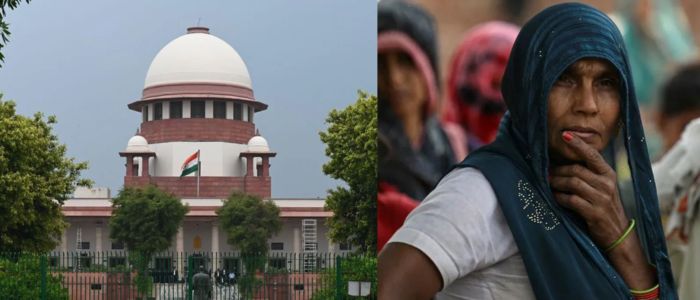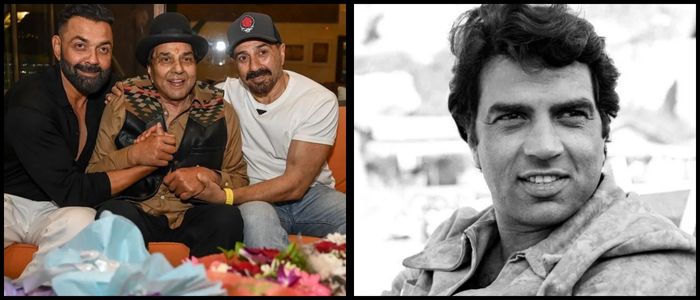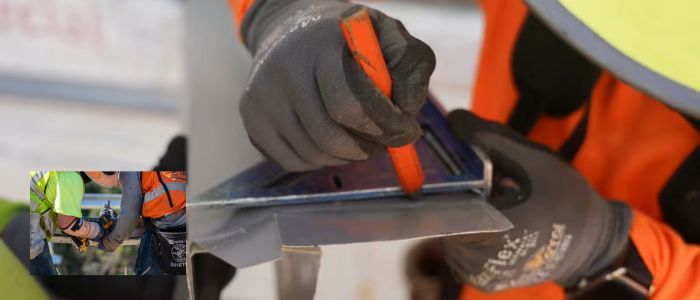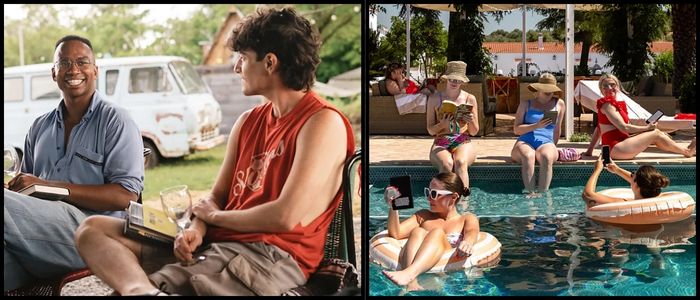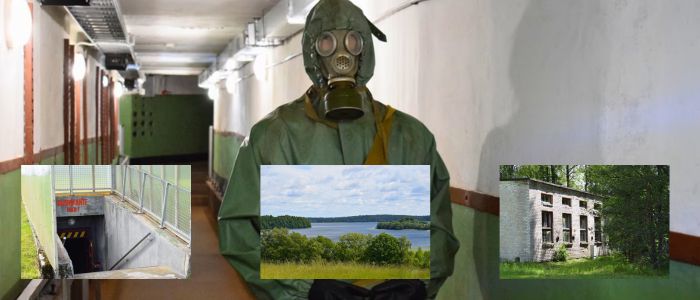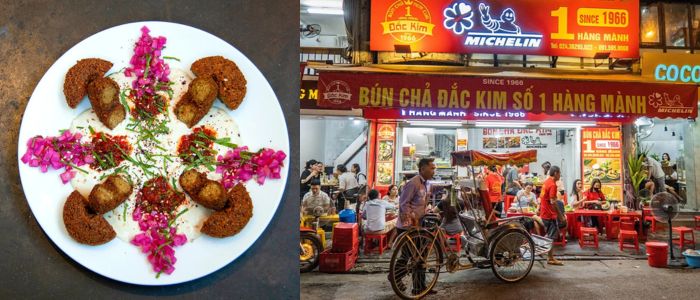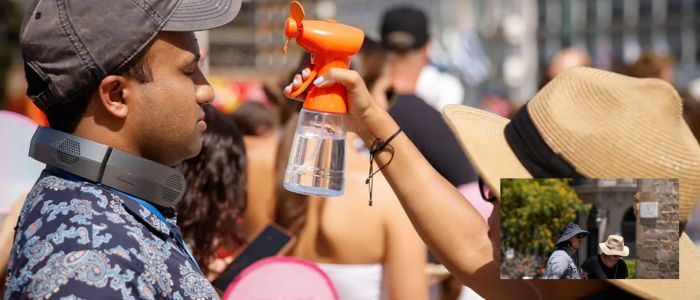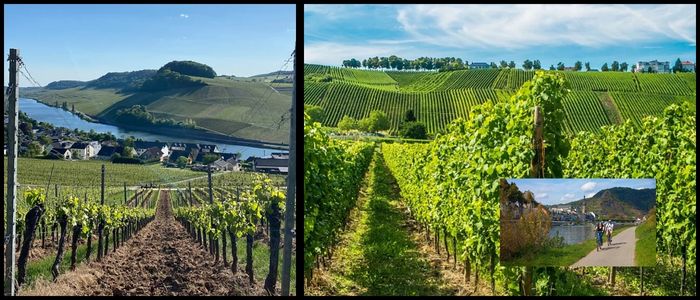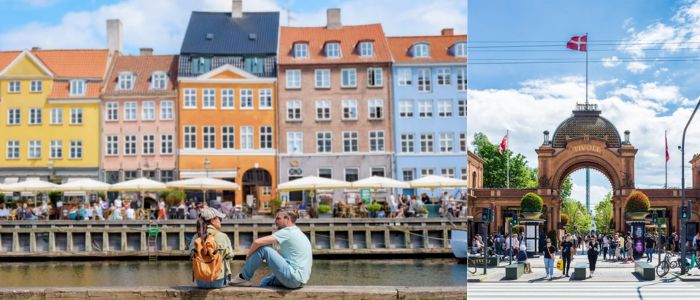Formerly famous only for its South Asian food and so-called “Curry Capital of Britain,” Bradford was also frequently linked with dull, overcast skies and grim northern tropes. But with 32 percent of its inhabitants of Asian descent and a quarter under age 20, the city is infusing a sense of diversity and vitality into its new slate of cultural programming that extends far beyond its historical past.
A Reimagining of Arts and Industry, for Generations to Come
Bradford’s cultural credibility runs deep. It is the hometown of painter David Hockney, the composer Frederick Delius, the playwright JB Priestley, and the Oscar-winning screenwriter Simon Beaufoy. It was awarded the world’s first UNESCO City of Film title in 2009, and the adjacent village of Haworth, where the Brontë sisters lived, still hosts literary pilgrims.
The city’s architecture is a blend of rich Victorian and Gothic and its skyline is surrounded by the moorlands of Yorkshire, remnants of the city’s wealth and power as an industrial centre. Historic sites such as the Alhambra Theatre and the National Science and Media Museum rub shoulders with newer cultural destinations such as the Kala Sangram South Asian arts centre, which is currently being redeveloped as the Bradford Arts Centre.
Civic initiatives such as The Beacon (a touring site taking over parks throughout the city) and BD on Foot walking trails are prompting residents and tourists to re-see the region through the funhouse lens of experiential design. From Roma music showcases to displays on Polish and Ukrainian communities, events are tailored to celebrate Bradford’s multi-cultural background.
From Curry to Culture: A Changed City
The success of Bradford 2025 is already clear: 1.1 million people have attended events to date. Waterstones, located in the historic Wool Exchange, the dramatic architecture of Little Germany, and the Saltaire UNESCO World Heritage Site also help to paint the picture of a renewed and rejuvenated Bradford.
Salts Mill Saltaire now has a David Hockney collection which is one of the world’s best, while the Cartwright Hall Art Gallery will exhibit the prestigious Turner Prize exhibition from 27th September. On the moorlands of the city, amid soundwalks that install sculpture and contemporary music within the compositions of Delius, at which point new words are required.
One particularly notable project, Meet Our Mothers, by artist Deepa Mann-Kler, is a digital cookbook that showcases Bradford’s communities’ diverse culinary stories — and how food is not just nourishment, it’s also culture.
Bradford’s gastronomic pride survives, too, in institutions such as the Sweet Centre, a 1960s restaurant still owned by the same family. “It’s going to be a landmark year for us,” said the fourth-generation owner, Waqar Mughal. “We’re letting people know that different cultures and communities can come together, and the city can be positive.”
As Bradford revives its cultural scene, it is demonstrating that the stereotypes of the past don’t have to dictate the future — and that its story is one of resilience, togetherness, and celebration.
Travel

Bradford Shines as 2025 UK City of Culture

Bradford, which has long labored under stereotypes and a reputation for industrial decline, is coming to national attention as the 2025 U.K. Cities of Culture. For more than 1,000 events planned over the course of the year, the city hopes to reposition itself by highlighting its long history of creativity, its diverse and thriving multicultural scene, and its youthful spirit.



